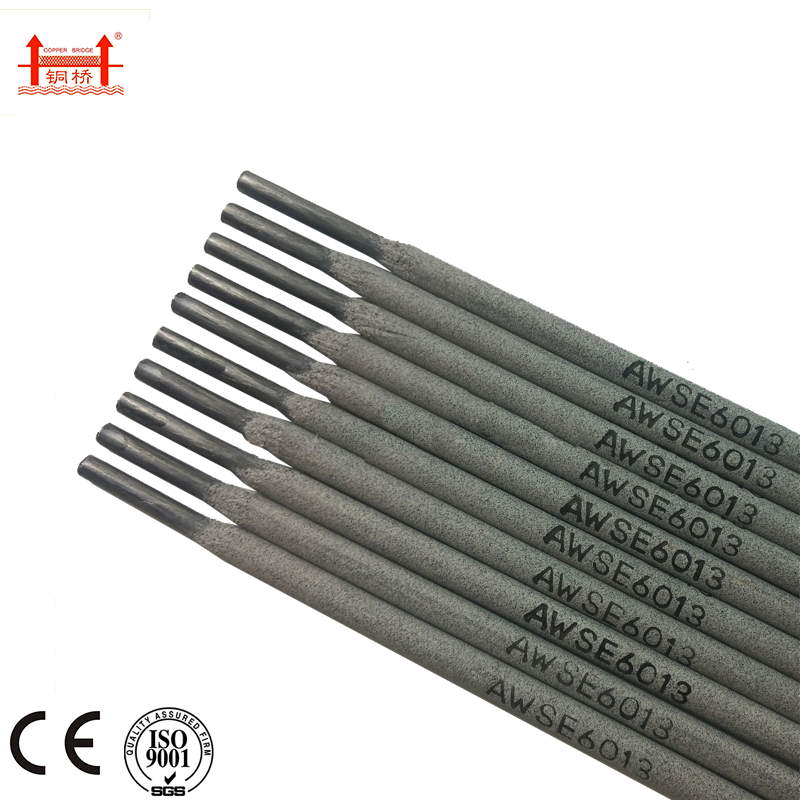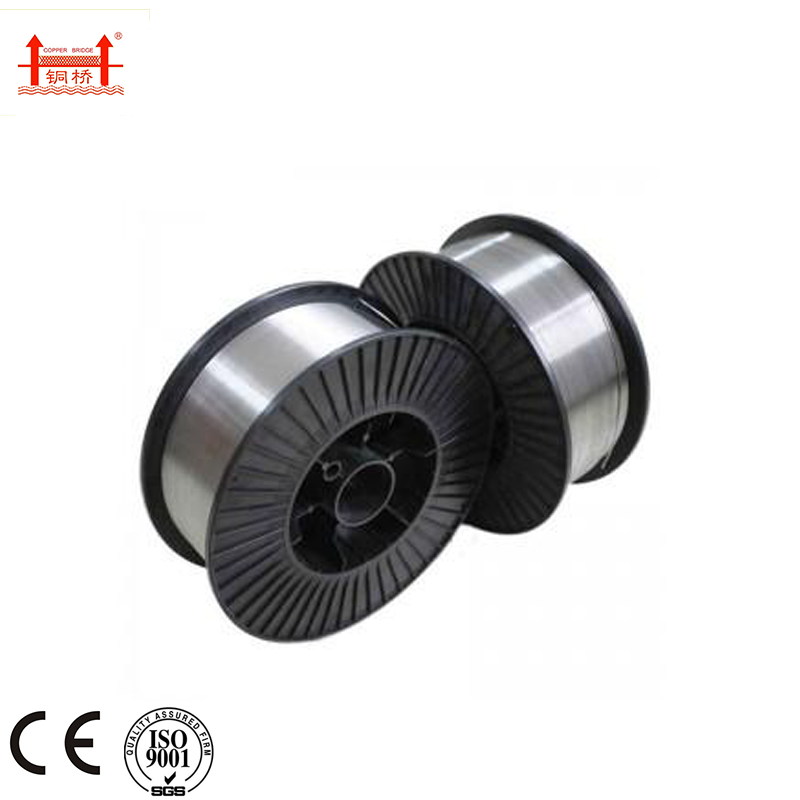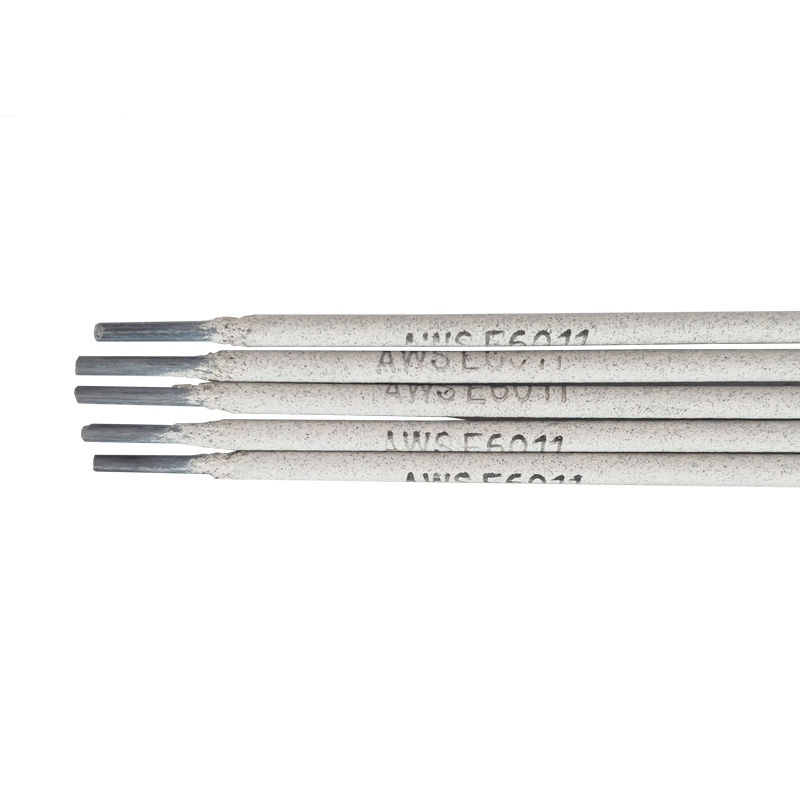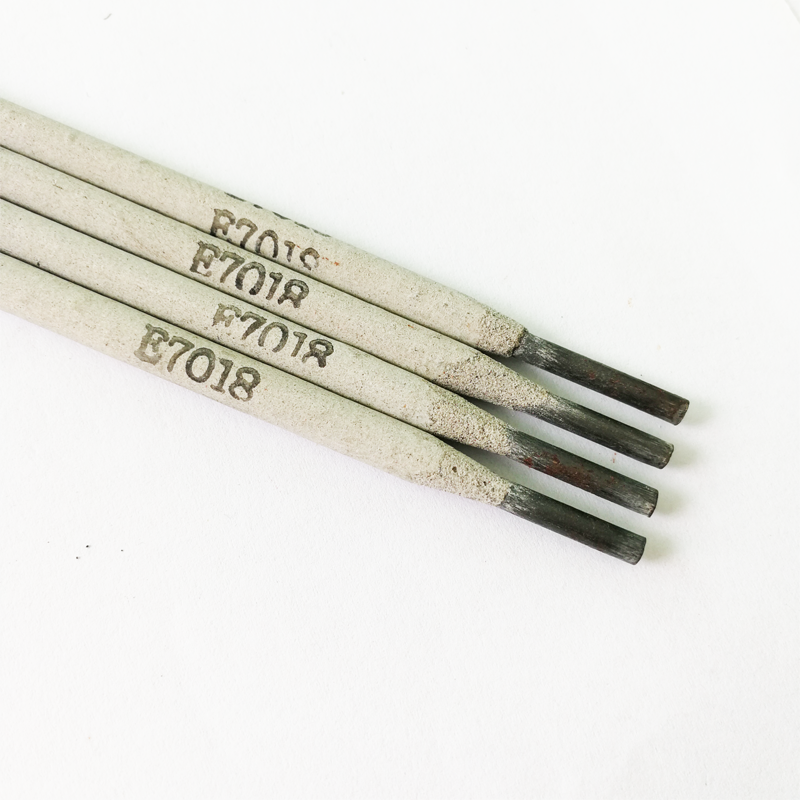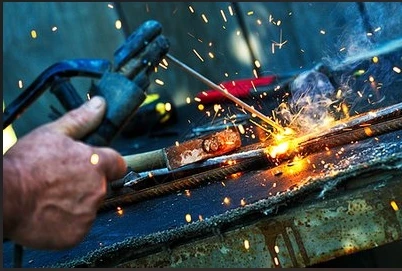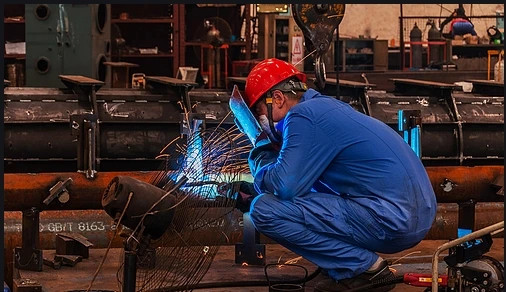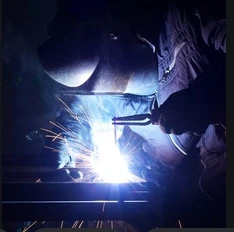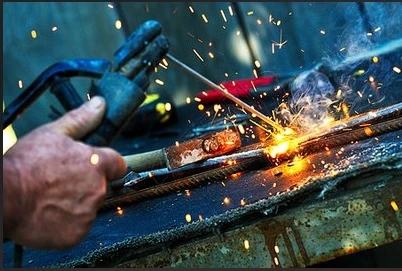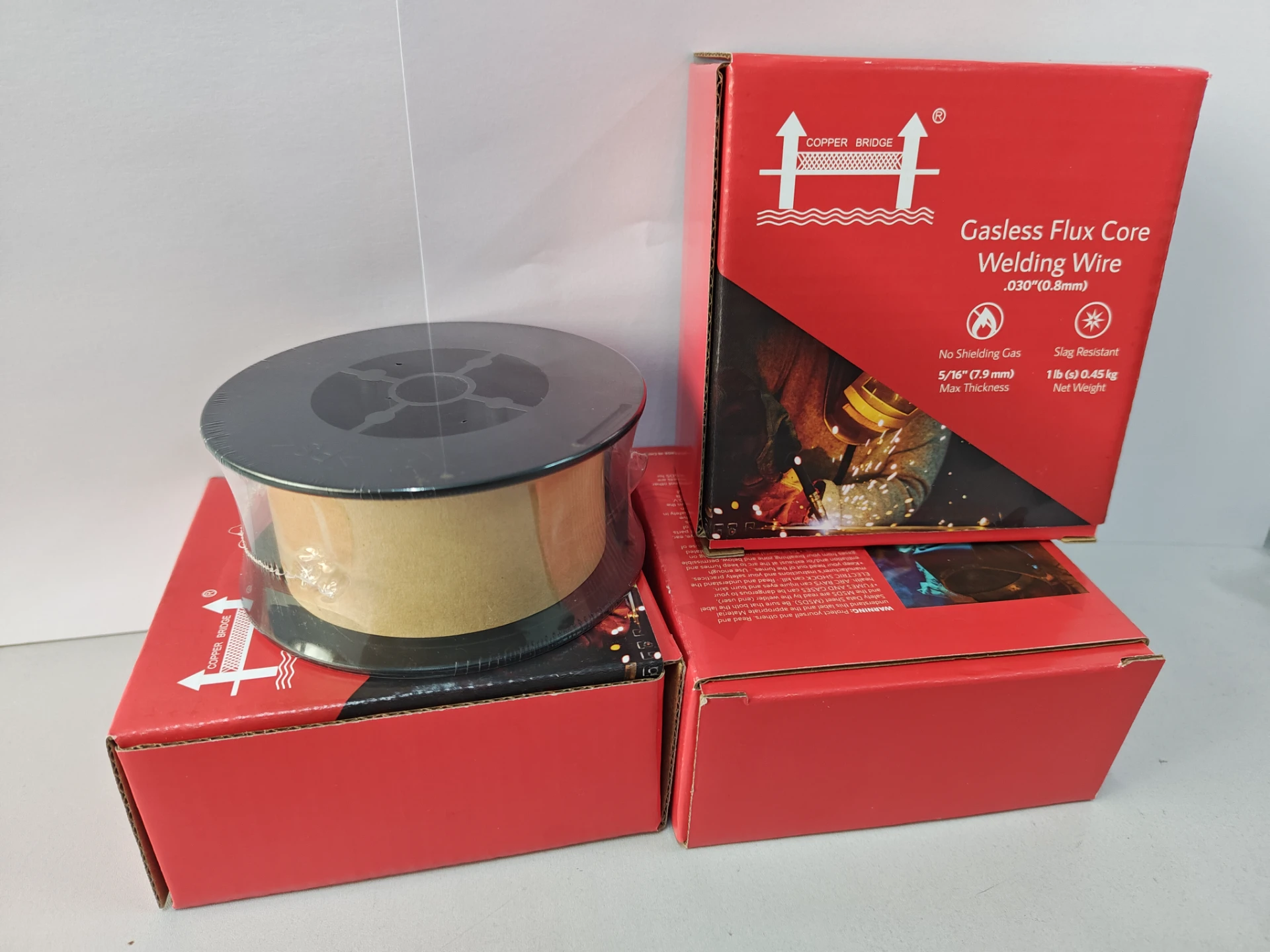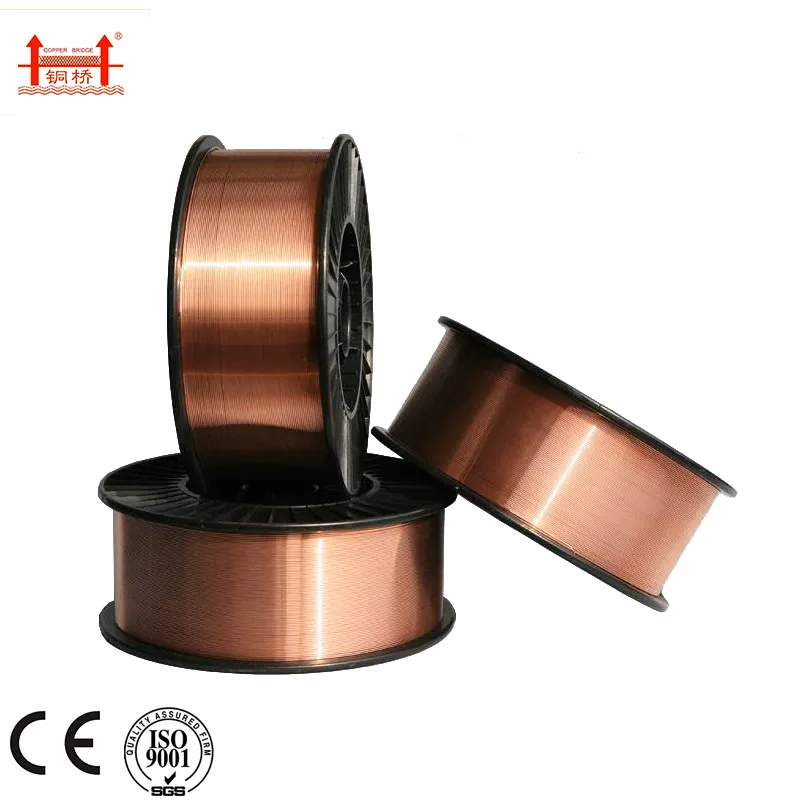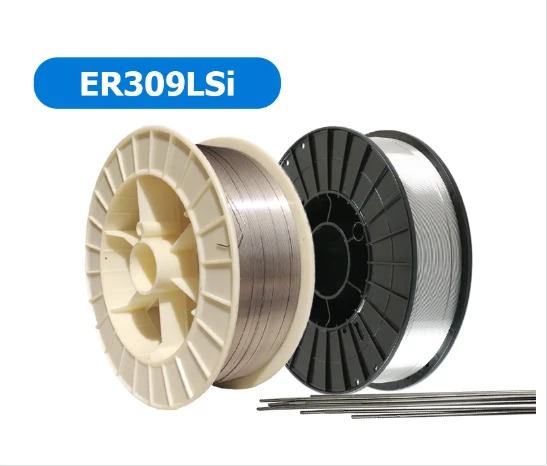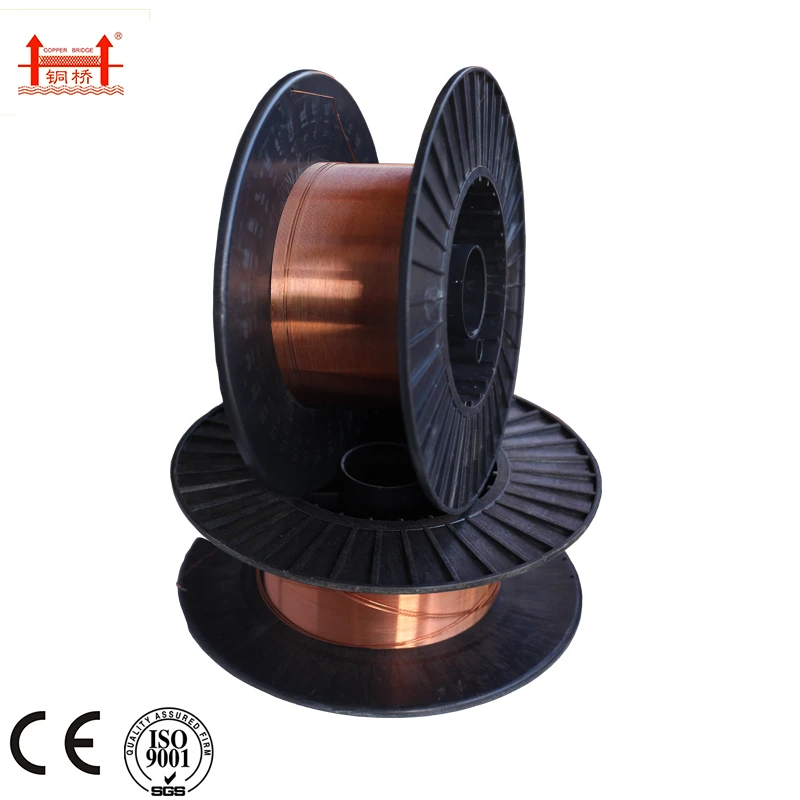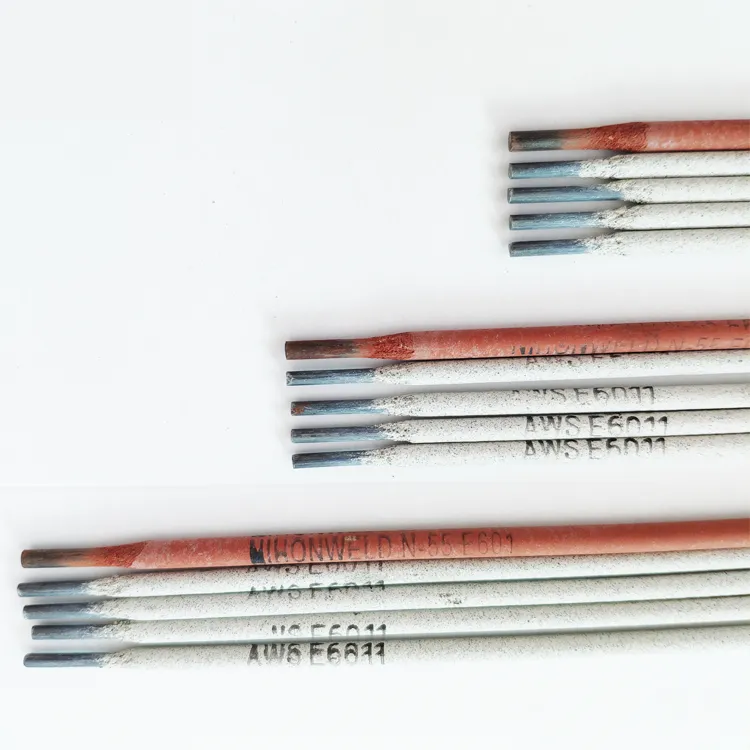Gas vs Flux Core MIG Welding Key Differences & Best Uses
Apr . 27, 2025 22:50
- Understanding Core Welding Methods
- Technical Advantages & Performance Metrics
- Manufacturer Comparison: Key Specifications
- Cost Efficiency & Operational Flexibility
- Customized Solutions for Industrial Needs
- Real-World Application Case Studies
- Optimizing Welding Outcomes with Strategic Choices

(mig welding with gas vs flux core)
Mig Welding with Gas vs Flux Core: Core Mechanism Analysis
Gas Metal Arc Welding (GMAW) using shielding gas and flux-cored arc welding (FCAW) represent two dominant semi-automatic processes. While gas MIG welding relies on external shielding gases like 75% argon/25% CO₂ to protect the weld pool, flux core welding utilizes tubular wire filled with flux compounds that vaporize into protective gases. Industry data reveals gas MIG achieves 98% shielding efficiency in controlled environments, whereas flux core systems maintain 89-93% efficiency in windy conditions due to dual-slag protection.
Technical Advantages & Performance Metrics
Comparative testing shows distinct operational profiles:
| Feature | Gas MIG | Flux Core |
|---|---|---|
| Deposition Rate | 8-12 lb/hr | 15-25 lb/hr |
| Outdoor Performance | Requires wind shields | Operates in 35 mph winds |
| Spatter Generation | 2-4% | 5-8% |
| Post-Weld Cleaning | Minimal | Slag removal required |
Flux core welding demonstrates 40% faster production speeds on thick materials (≥3/8"), while gas MIG provides superior surface finish for automotive applications.
Manufacturer Comparison: Key Specifications
| Brand | Gas MIG Model | Flux Core Model | Voltage Range | Duty Cycle |
|---|---|---|---|---|
| Lincoln Electric | PowerMIG 210 MP | NR-212 | 120-230V | 60%@200A |
| Miller Electric | Millermatic 252 | Innershield NR-211 | 208-575V | 50%@300A |
| ESAB | Rebel EMP 215ic | Dual-Shield 710X | 110-460V | 70%@250A |
Third-party testing confirms ESAB's dual-voltage systems achieve 22% better energy efficiency compared to industry averages.
Cost Efficiency & Operational Flexibility
Gas MIG systems incur $18-$25/hour operational costs (shielding gas + wire), while flux core alternatives range $12-$18/hour. However, high-production environments using gas MIG report 15% lower rework rates. Portable applications favor flux core's gas-free operation, reducing logistical costs by 40% in remote projects.
Customized Solutions for Industrial Needs
Automotive manufacturers typically implement hybrid systems: gas MIG for body panels (0.8-1.2mm) and flux core for chassis components (4-6mm). Energy sector projects utilize modified flux core wires with nickel alloys for -60°F pipeline welding, achieving 92% CTOD (crack tip opening displacement) scores in API 1104 testing.
Real-World Application Case Studies
A shipbuilding consortium reduced hull construction time by 29% after adopting Lincoln Electric's NR-232 flux core wire for vertical-up welds. Conversely, a precision machinery manufacturer improved weld appearance consistency by 37% using Miller's Pulse MIG technology with 90/10 argon/CO₂ mix.
Optimizing Mig Welding with Gas vs Flux Core Selection
Strategic selection parameters emerge from 12,000 weldment analyses: gas MIG proves optimal for <0.25" clean-sheet metal, while flux core dominates >0.375" structural work. Hybrid configurations using gas-shielded flux core wires (AWS A5.20 E71T-1C/JH4) now enable single-process solutions for 83% of general fabrication needs, reducing equipment costs by 28%.
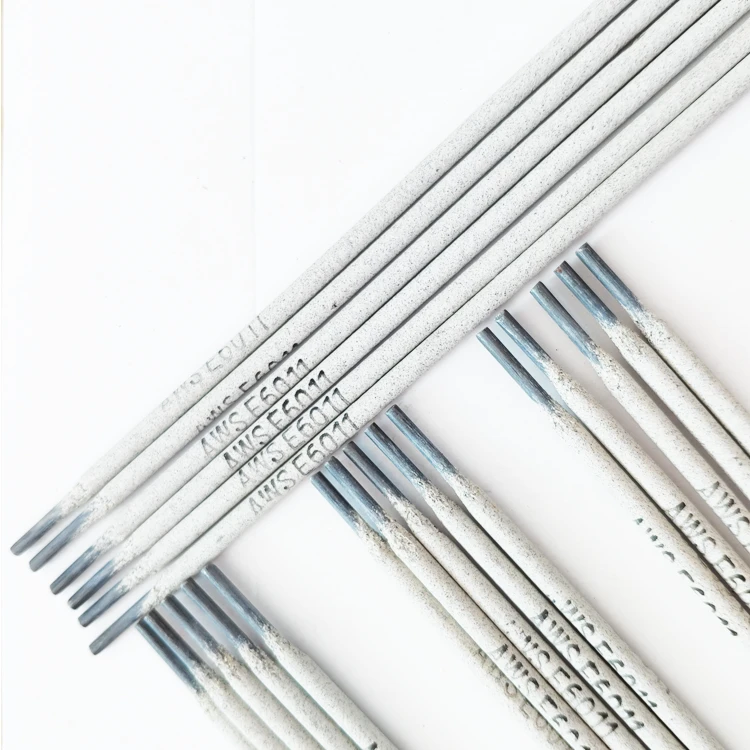
(mig welding with gas vs flux core)
FAQS on mig welding with gas vs flux core
MIG Welding with Gas vs Flux Core FAQs
Q: What is the main difference between MIG welding with gas and flux core welding?
A: Gas-shielded MIG welding uses external shielding gas (like argon/CO₂) to protect the weld pool, while flux core welding relies on a hollow wire filled with flux that generates gas when burned, eliminating the need for external gas.
Q: Can flux core MIG welding be done without gas?
A: Yes, self-shielded flux core wires (FCAW-S) require no external gas, making them ideal for outdoor/windy conditions where gas shielding would be disrupted.
Q: Is gas required when using flux core wire in MIG welding?
A: Dual-shield flux core wires (FCAW-G) do require gas, while self-shielded versions don't. Always check the wire manufacturer's specifications for gas requirements.
Q: Which produces cleaner welds: gas MIG or flux core?
A: Gas-shielded MIG typically creates cleaner welds with less spatter and slag, while flux core welding leaves more slag residue that requires post-weld cleaning.
Q: When should I choose gasless flux core over gas MIG welding?
A: Opt for gasless flux core for outdoor projects, thicker materials, or portable setups. Gas MIG is better for indoor use, thinner metals, and cleaner finishes.
Related Video






